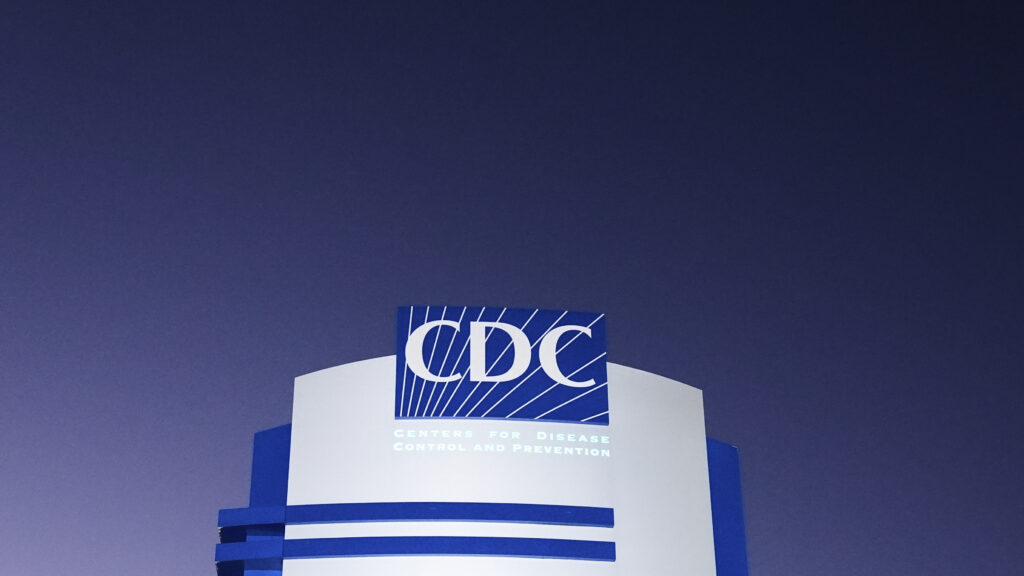- UN urges calm in Bangladesh after killing of protest leader sparks unrest UN News
- Body of Bangladesh student leader reaches Dhaka amid nationwide unrest Dawn
- Bangladesh on edge after killing of 2024 uprising activist triggers unrest Al Jazeera
The crash happened near State Highway 97 and Farm-to-Market 1784
ATASCOSA COUNTY, Texas – A motorcyclist was hospitalized after a crash with a water tanker truck, according to Atascosa County…






